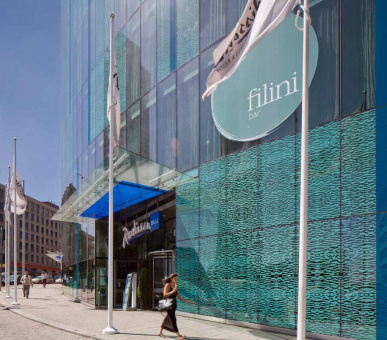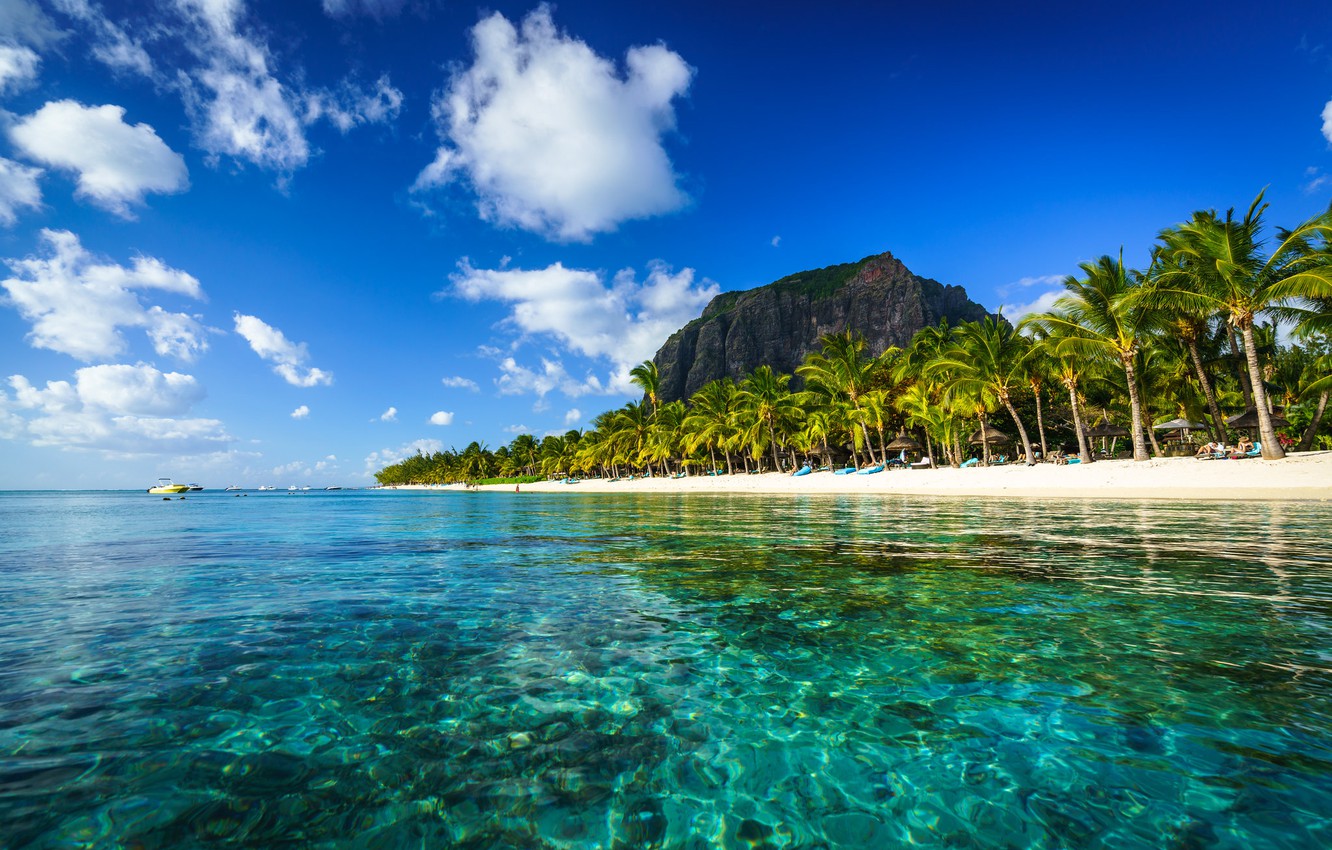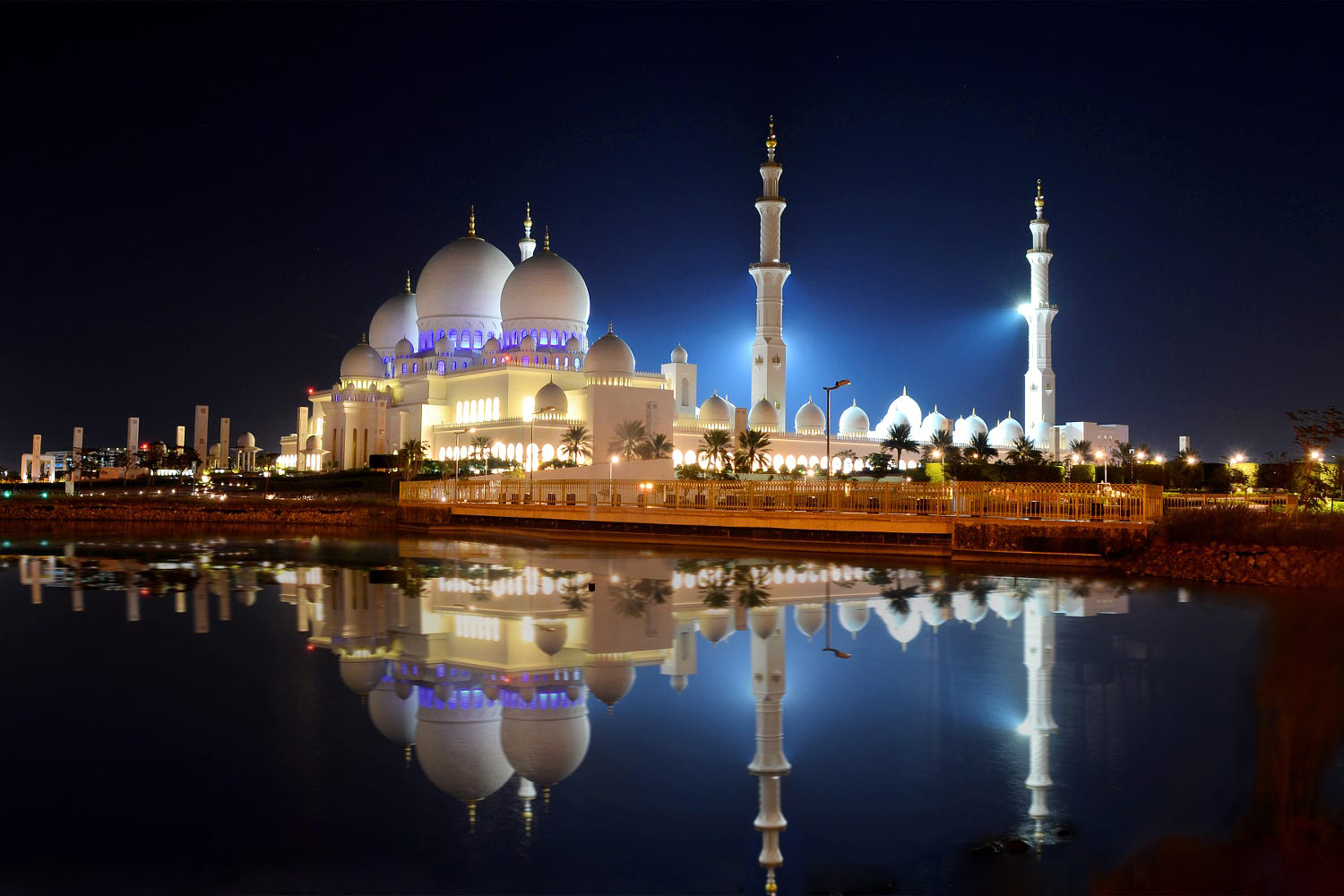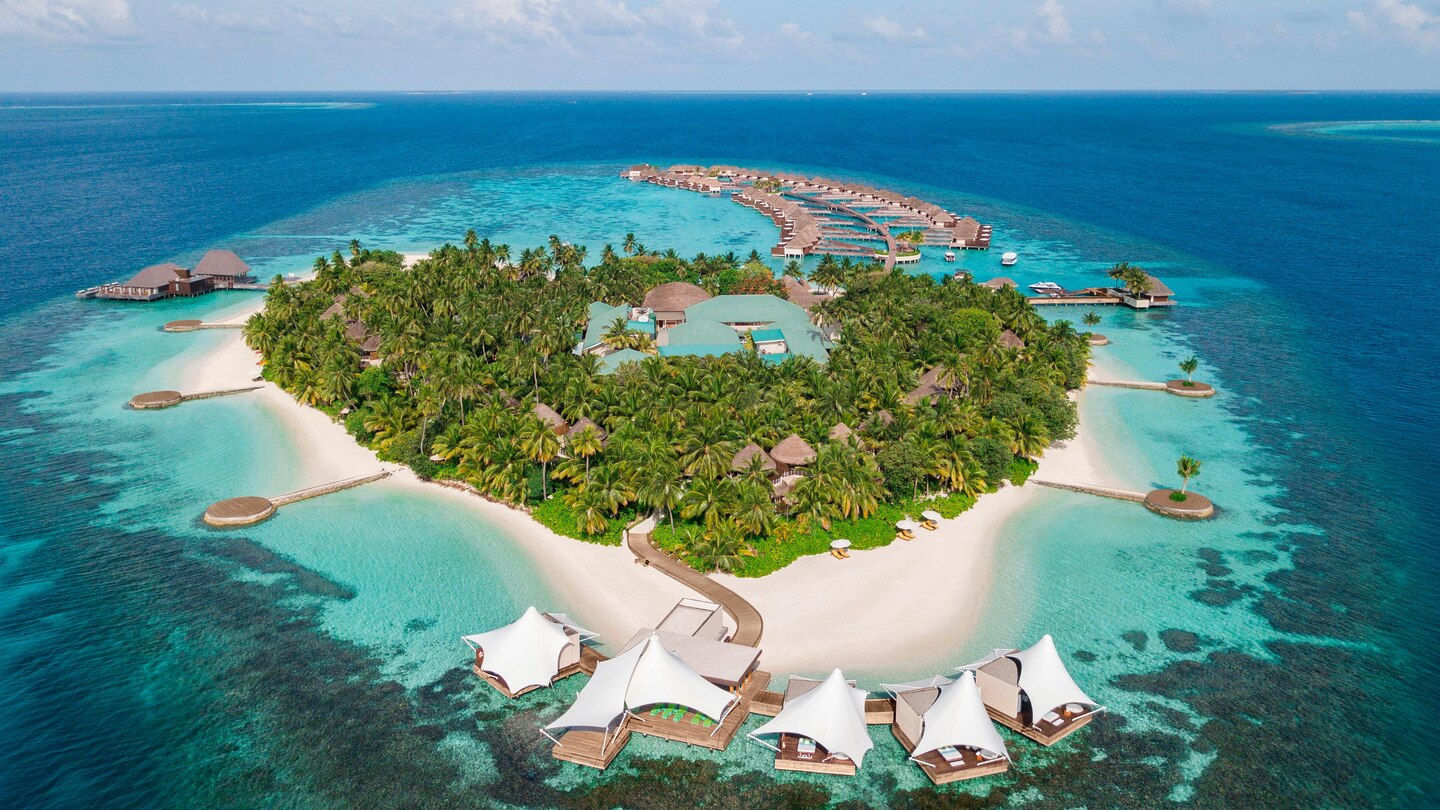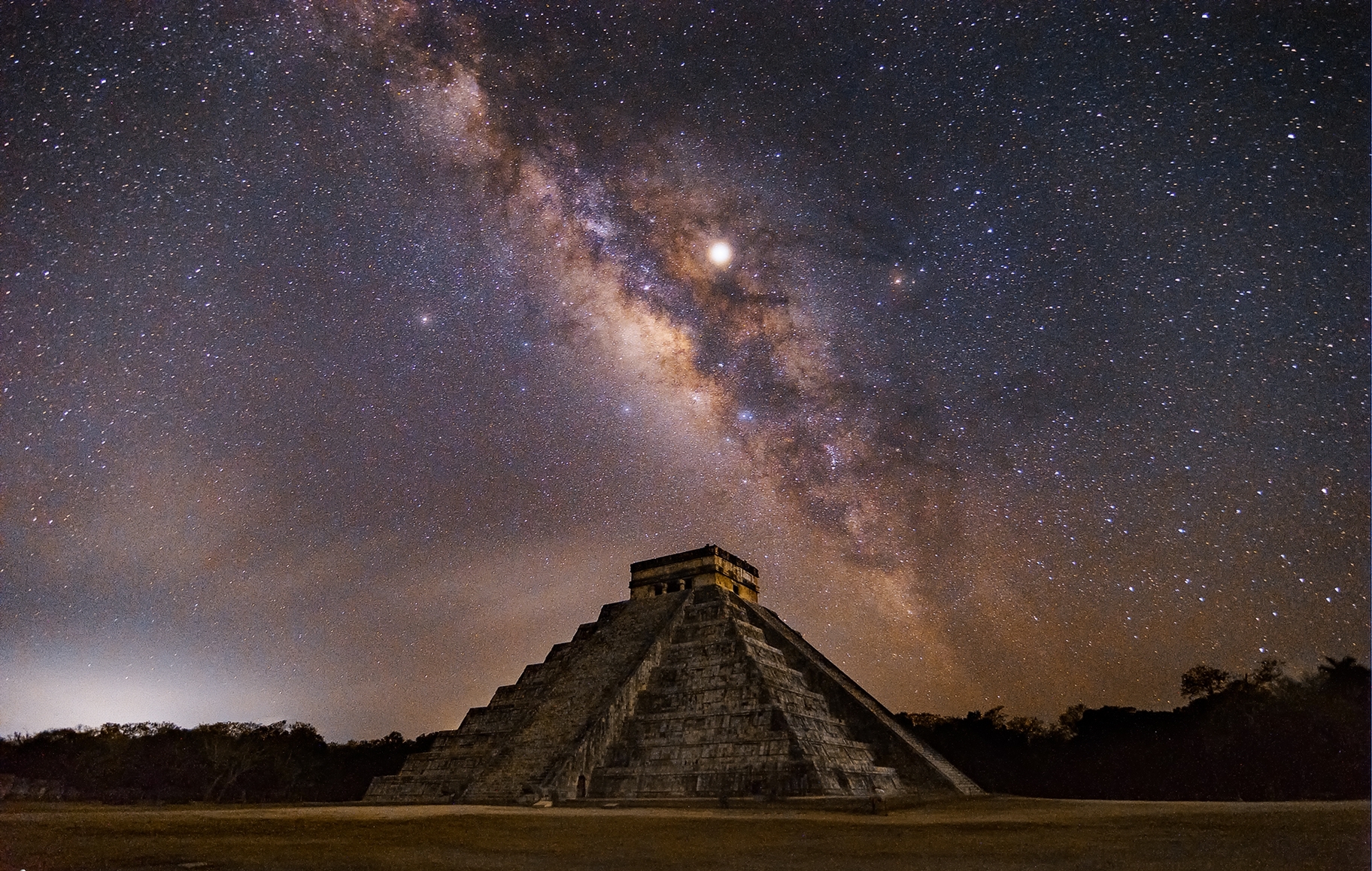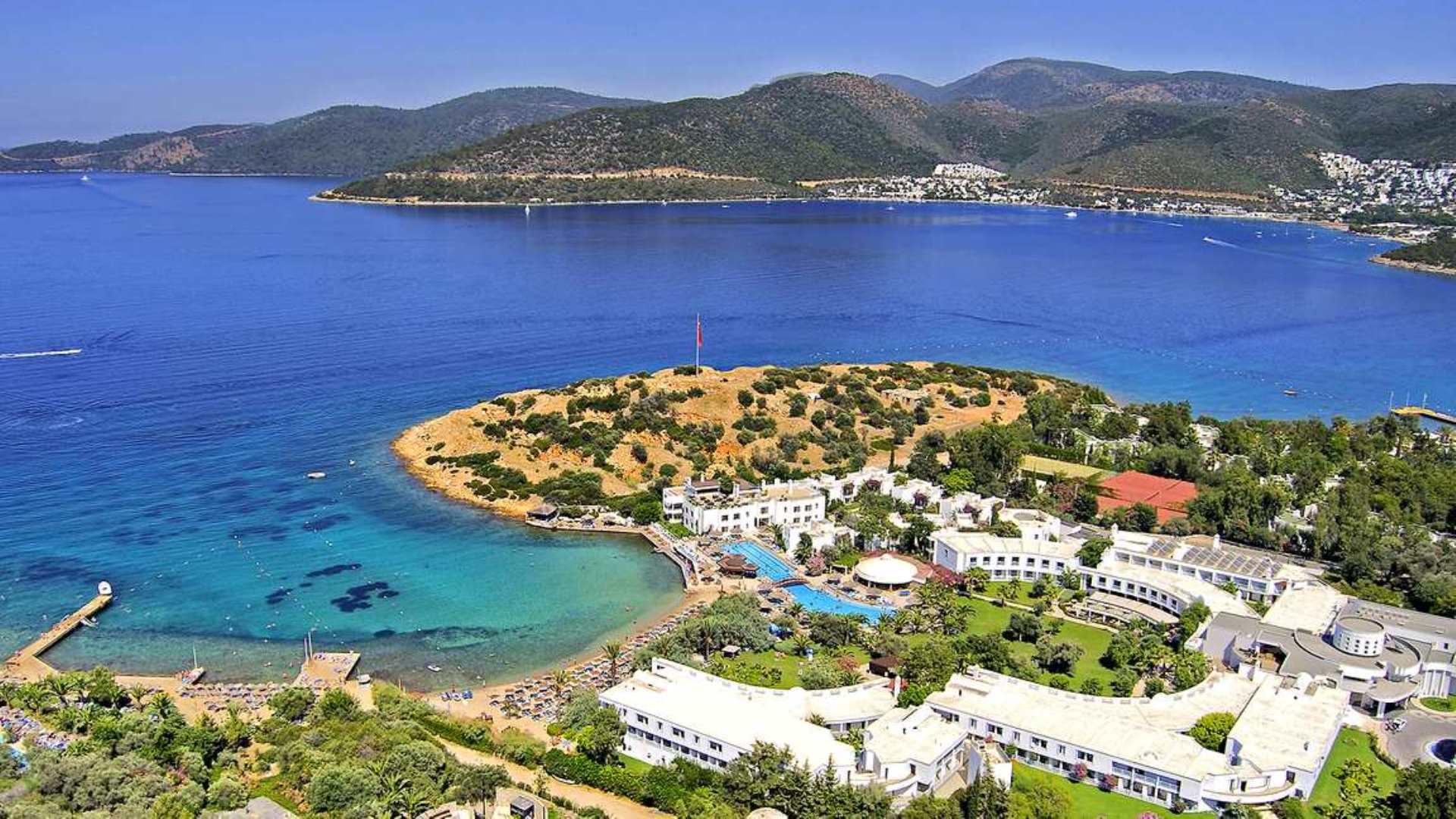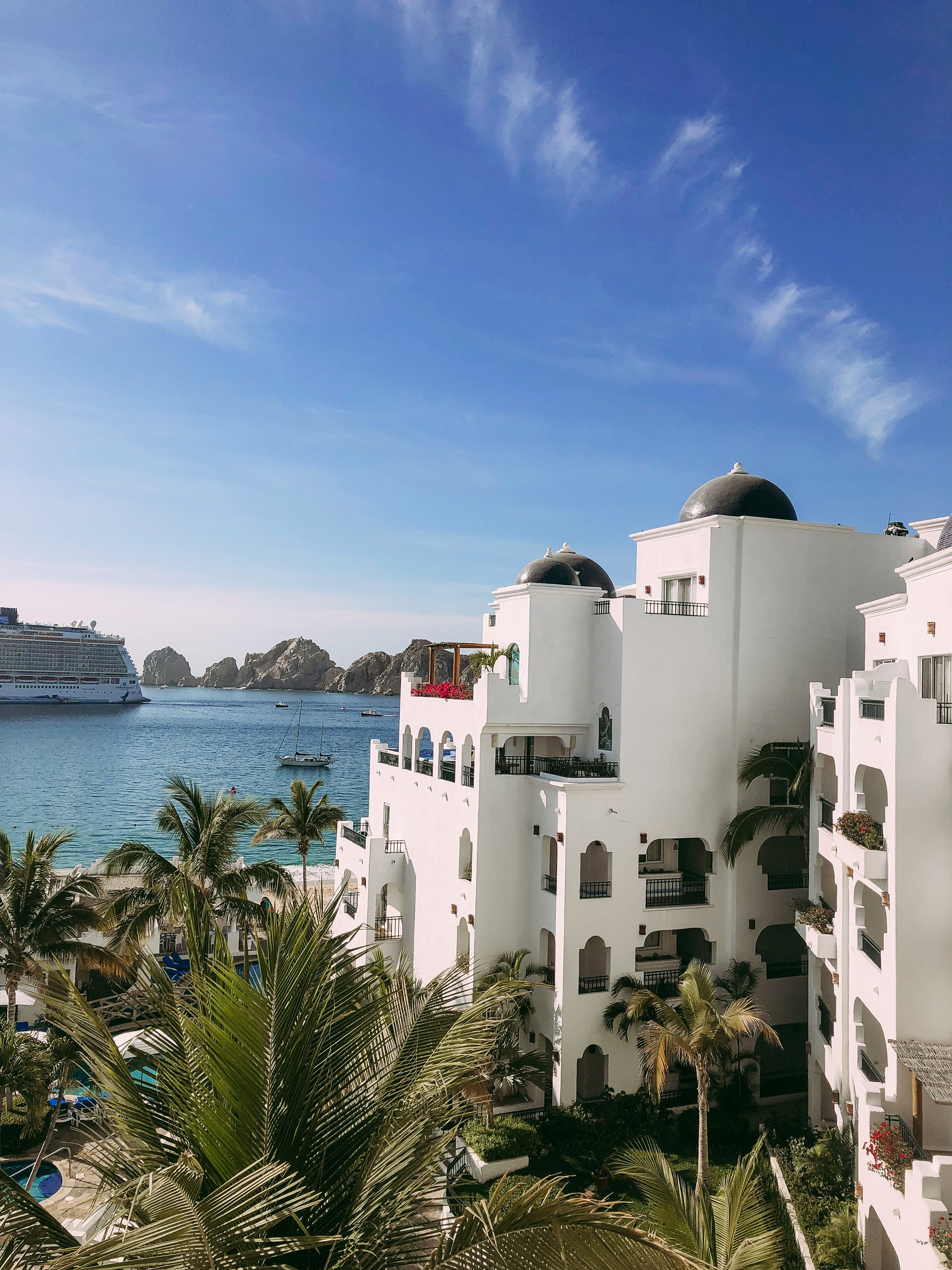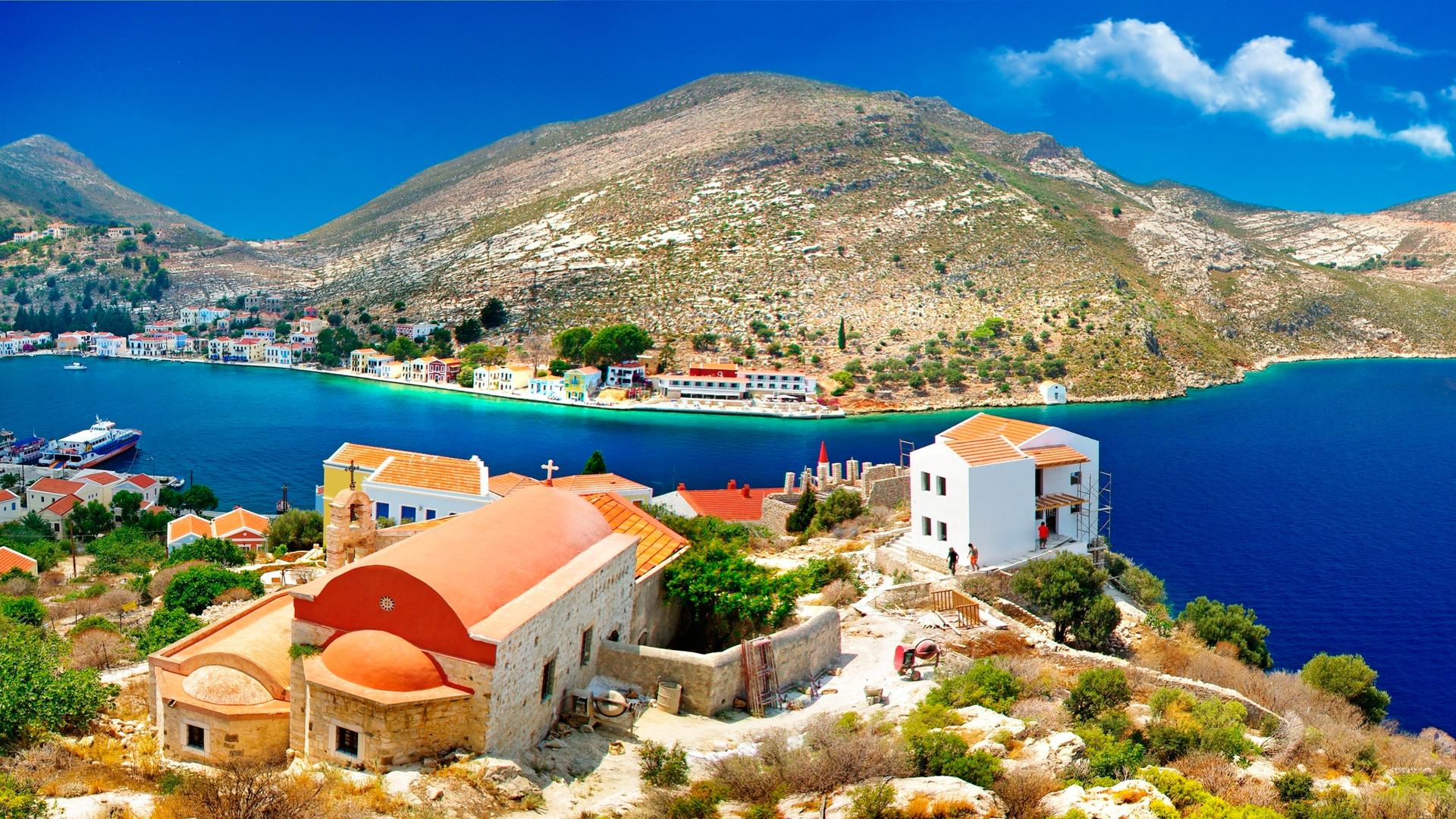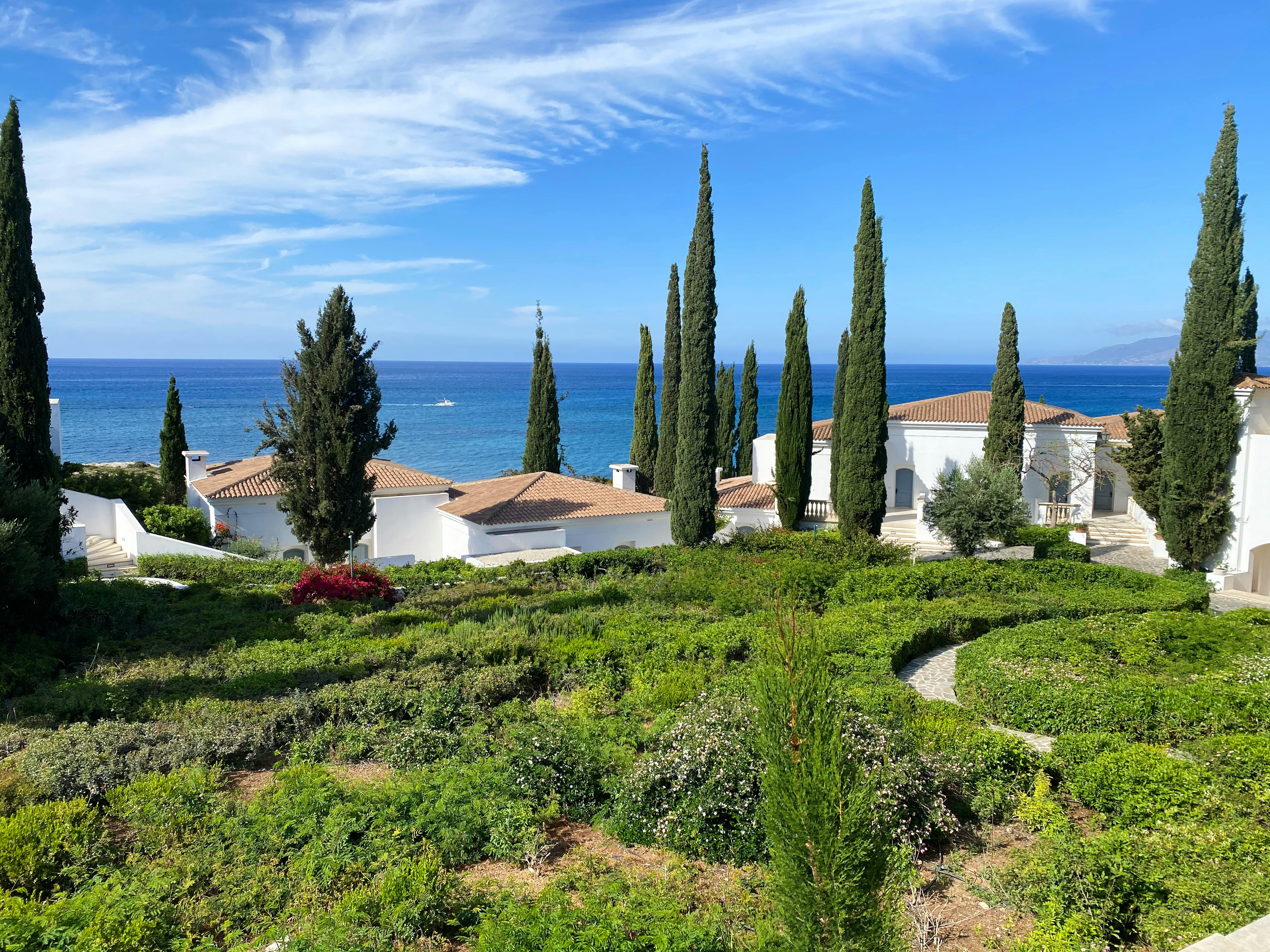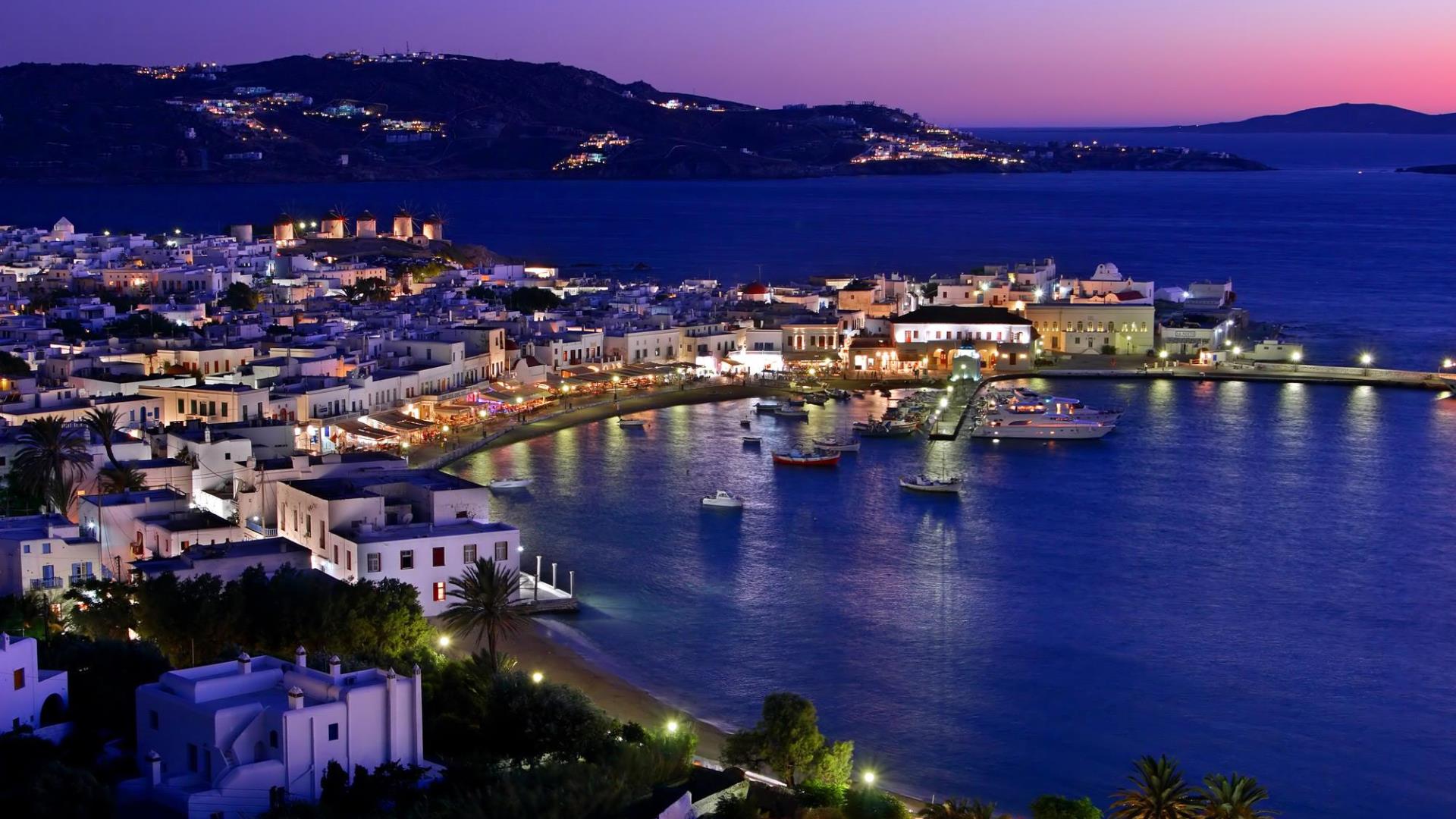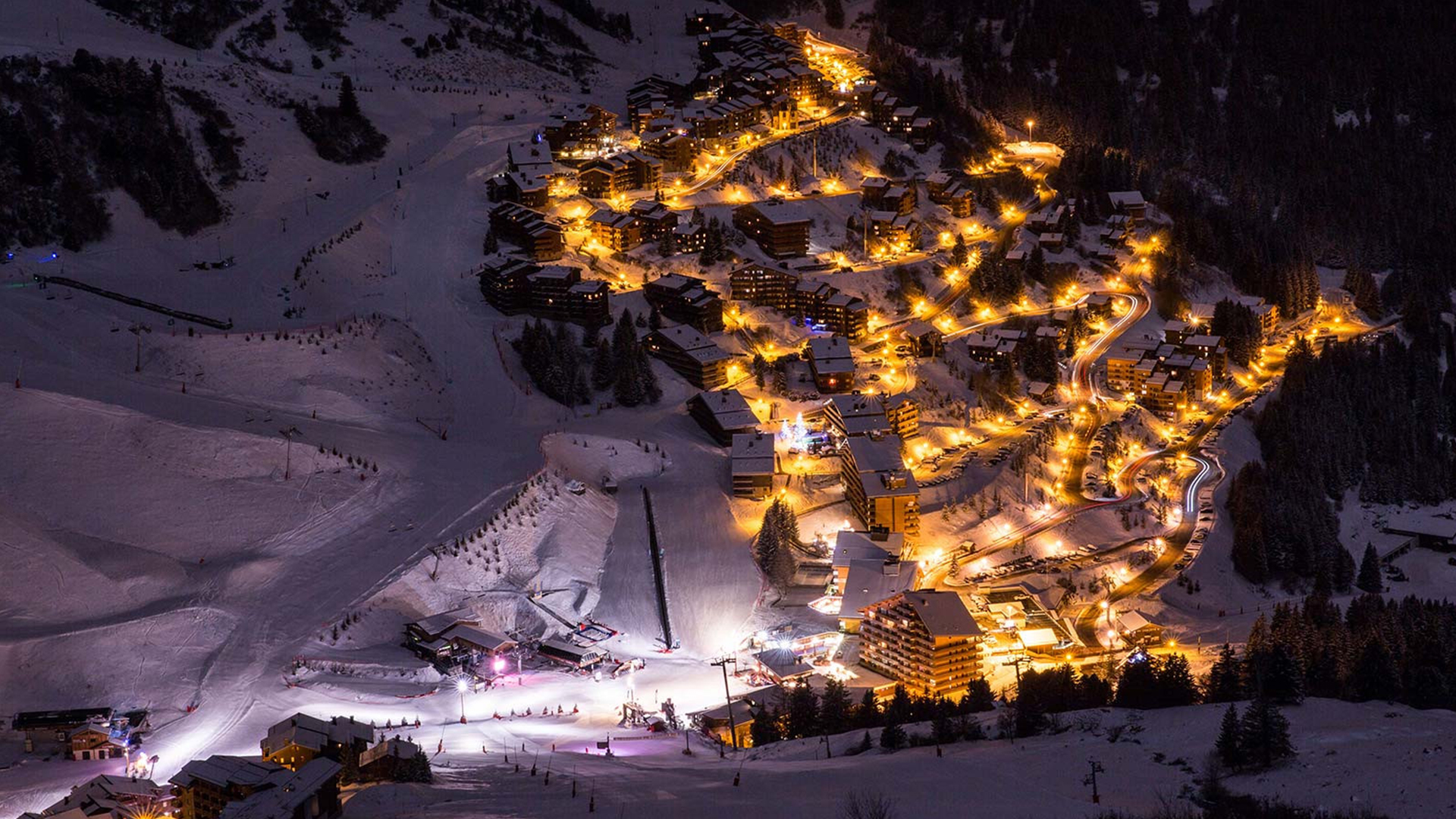Holidays in Birmingham
Birmingham is a huge megapolis, the largest of the eight regional industrial centres in Great Britain. Often, Birmingham is called " King of Middleland " , this high status of the city has been created by the industrial revolution of the sixteenth century. Currently, up to 30 per cent of all British industrial products are manufactured in and around Birmingham and, of course, they specialize in heavy industries, black metallurgy, metal processing, engineering.
There was once a tiny village, which was estimated at 20 shillings according to the first census. However, the advantageous geography has made its case - first the city has been enriched by numerous fairs regularly held here, and the discovery in its environs of the rich iron and coal deposits has finally determined its fate - the mushrooms have grown up here by factories and factories. A large network of channels has been built to facilitate the transport of goods in the city. They say the total length of Birmingham's channels is bigger than in Venice.
Birmingham was severely damaged during the Second World War, during German flights. The destroyed old buildings were not repaired, but where they were built fancy structures in the 1960s, which unfortunately did not decorate the city too much, and called it concrete jungle.
However, Birmingham is hit by its purity and abundance of green areas, recognized by the greenest city in England, and by the number of parks it is the leading place in Europe. Birmingham is also a big cultural center. In the city of three universities, many theatres and museums, among which the Museum and the Birmingham Art Gallery, based in 1885, are the most famous.
Industrial Birmingham has given the world many outstanding scientists and engineers, and has become the " natural " world-renowned Cadbury chocolate. For ten years, the famous Arthur Conan Doyle lived here, which gave the citizens the right to consider him as his landman.
To see
City center. The central pedestrian zone was located around Victoria (Victoria Square) and Chemberlen area (Chamberlain Square) - the great city architecture of the nineteenth century was maintained.
which includes the City Municipality (Council House) and Ratus (Town Hall).The museum and the art gallery of Birmingham. The Museum familiarizes visitors with the history of the city, science, ethnography, archaeology. The art gallery contains the works of Dega, Braca, Renoir and Canaletto. You can rest in the tea room and attend the tea ceremony.
St. Phillip's Cathedral. The smallest cafeteria in England. His main attraction is the great vitacles of an artist named Eduard Ben-Jons.
Brindleyplace The Mailbox. On the vice shore of one of the canals at the end of the twentieth century, the Brandlips merchant complex was built, a collection of fashion stores, restaurants and bars. Mailbox, also located in the canal area, is a stylized fascination block, with designers and expensive restaurants.

